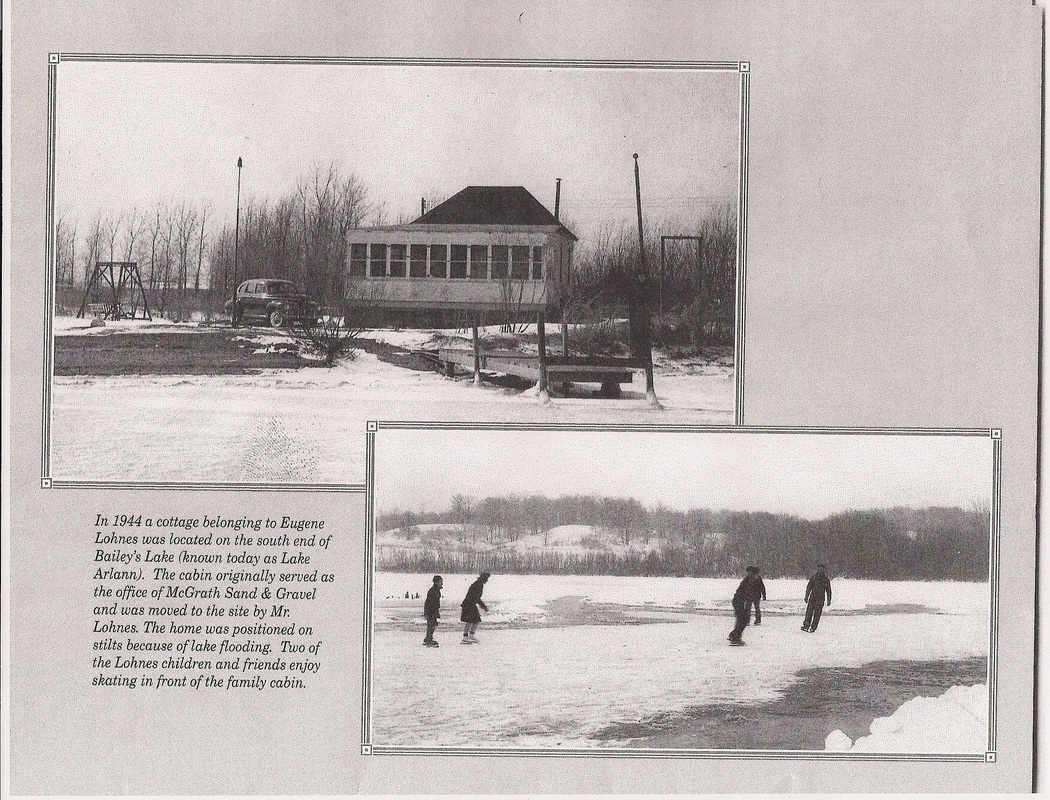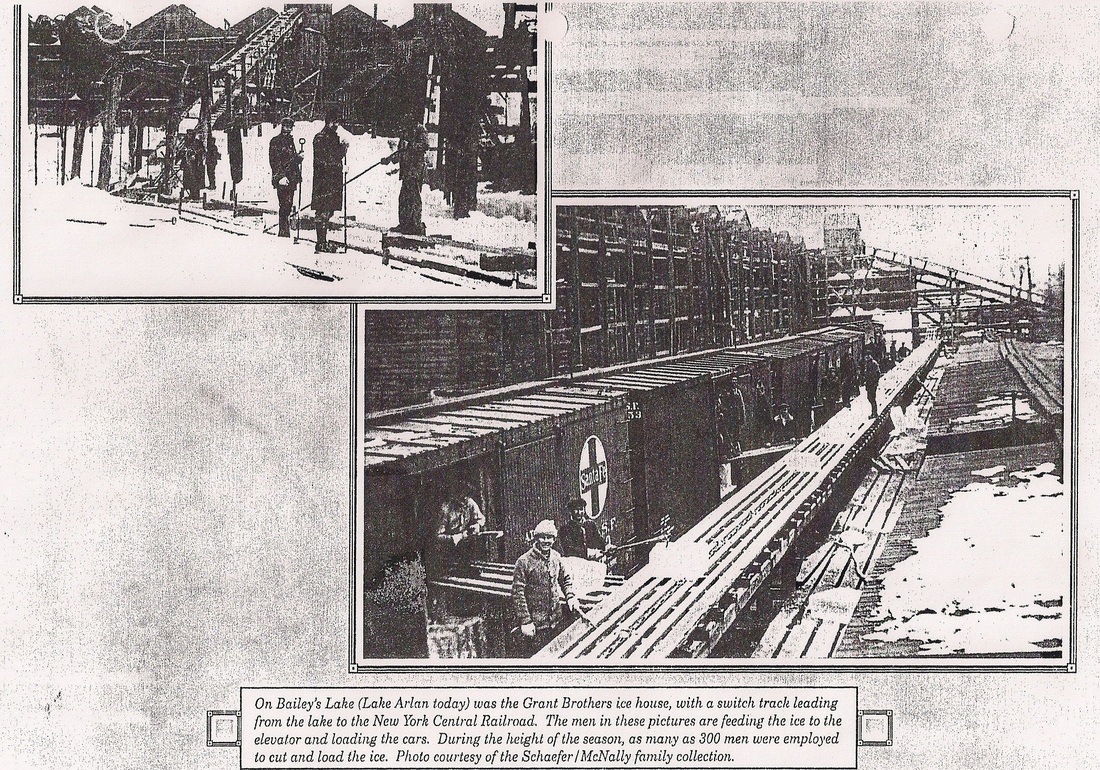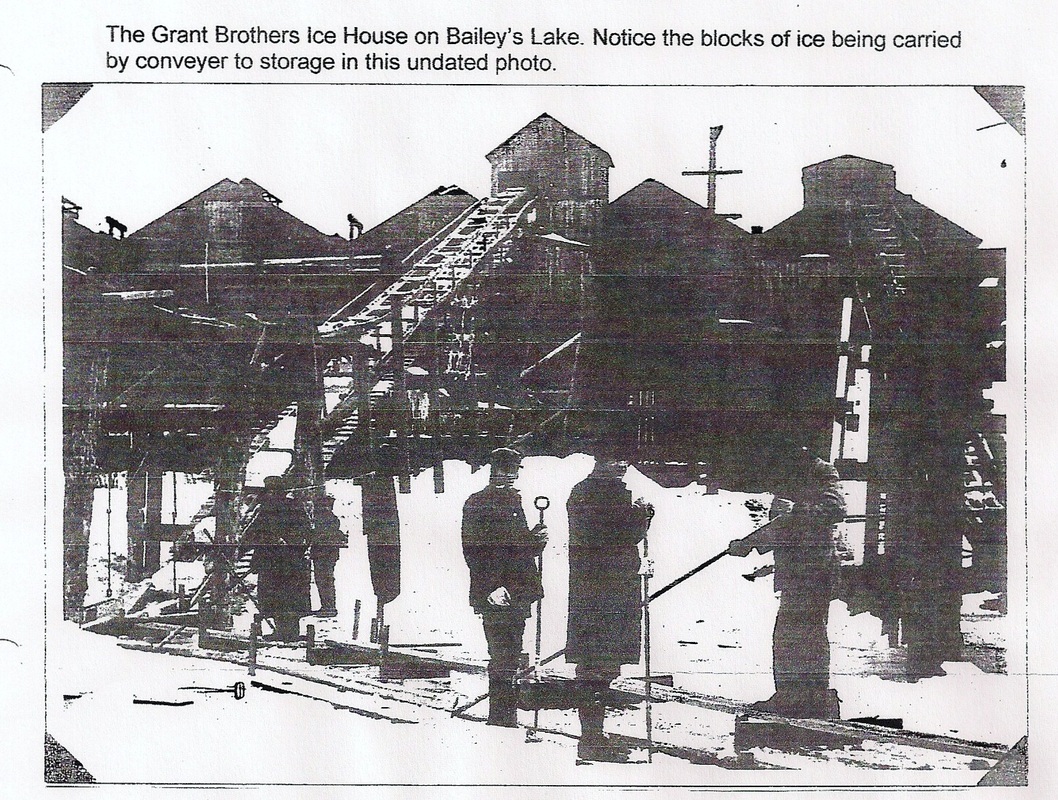Purpose of Lake Arlann
The Lake Arlann Homeowners' Association was formed in the 1950's to deal with environmental, municipal and other issues affecting the lake and its members, and to present a united voice. It was founded for the people, for the common good... to find ways to contribute to the health, pleasure, comfort and security of those living here.
It's Board of Directors is made up entirely of volunteers, many of whom present and past, have given years of service because they recognize the value of the Association.
It's Board of Directors is made up entirely of volunteers, many of whom present and past, have given years of service because they recognize the value of the Association.
Subdivisions in the Association
- Arlann Country Club Subdivision: Encompasses the 1800 block of Court Street, 600 block of West Shore, Arlann Drive and North Shore Drive. Some of the homes in this subdivision had elected many years ago to be removed from the association so not every home will automatically have membership.
- Arlann Country Club Ext. #1: Includes homes on Cape Court and lake side homes on 18th.
- Arlann Country Club Ext. #2: Includes 1300 West Shore and all homes in the 1400 block of West Shore Drive.
- Arlann Country Club Ext. #3: Includes all homes in the 1500 block of West Shore Drive.
- Rosewood Subdivision:
- Beachcomber Place:
- Mitchell Street:
- Sausalito Bay:
- Gingoteague Way: Only homes on Lake Arlann Side
- DejaVu Subdivision:
Lake Arlann's Rich History
Lake Arlann is one of the state’s largest spring-fed lakes, and is rich in history. It was first used by the Shaubena, a friendly Indian tribe who shared the city of Pekin with the white man as it officially became a city. Later it be became the site of a number of flourishing businesses.
Because Lake Arlann is naturally spring fed, its production of clear ice in the early 1860’s, spawned a major industry. Lake Arlann--known as Bailey’s Lake then—used to be one of the major supply sources for southern markets (especially St. Louis) for ice cutting and shipping operations. Both Lake Arlann and Pekin’s Lake Shore were lined with ice houses.
The Grant Brothers Ice House had a switch track leading from the lake to the New York Center (Penn Central today) Railroad. During the height of the season, it is reported that the Grant Company employed as many as 300 men to cut and load ice. As many as five box cars per day were loaded by hand, with the cakes of ice weighing as much as 170 pounds each.
Ice could be stored for as long as two years, through a process which involved packing the frozen water in straw and sawdust. When ice was taken from the storage houses for delivery to homes and businesses n the summer months, it had to be sawed and chiseled into 25, 50, or 100 pound cakes. Customers would place a card in their front window, indicating to the driver how much, if any, ice was needed.
Because Lake Arlann is naturally spring fed, its production of clear ice in the early 1860’s, spawned a major industry. Lake Arlann--known as Bailey’s Lake then—used to be one of the major supply sources for southern markets (especially St. Louis) for ice cutting and shipping operations. Both Lake Arlann and Pekin’s Lake Shore were lined with ice houses.
The Grant Brothers Ice House had a switch track leading from the lake to the New York Center (Penn Central today) Railroad. During the height of the season, it is reported that the Grant Company employed as many as 300 men to cut and load ice. As many as five box cars per day were loaded by hand, with the cakes of ice weighing as much as 170 pounds each.
Ice could be stored for as long as two years, through a process which involved packing the frozen water in straw and sawdust. When ice was taken from the storage houses for delivery to homes and businesses n the summer months, it had to be sawed and chiseled into 25, 50, or 100 pound cakes. Customers would place a card in their front window, indicating to the driver how much, if any, ice was needed.
At the same time that the ice industry flourished, there were no less than 15 different coal plants producing holes in the vicinity since the 1840’s. Over 50 different owners and operations were involved in the industry during the next century. Their mines ranged from casual “dog holes” which were developed by farmers and others who dug coal on their own land for their own use, to very, large sophisticated multi-entry corporation mines.
The early mines were “one-man” operations which simply removed outcroppings of coal from the hillsides. There apparently were several of these along the lake’s east shore and at other points where creeks cut into the eastern bluff.
The earliest formal mine was located on the east side of the north end of the lake. It was Brown’s Coal Bank, founded in 1854 and located at or near the later Grant Mine, which later became the Ubben Mine. From 1900-1925, the “Big Four” ran a switch track to Ubben’s along what is now known as stadium drive.
The early mines were “one-man” operations which simply removed outcroppings of coal from the hillsides. There apparently were several of these along the lake’s east shore and at other points where creeks cut into the eastern bluff.
The earliest formal mine was located on the east side of the north end of the lake. It was Brown’s Coal Bank, founded in 1854 and located at or near the later Grant Mine, which later became the Ubben Mine. From 1900-1925, the “Big Four” ran a switch track to Ubben’s along what is now known as stadium drive.
Proudly powered by Weebly


